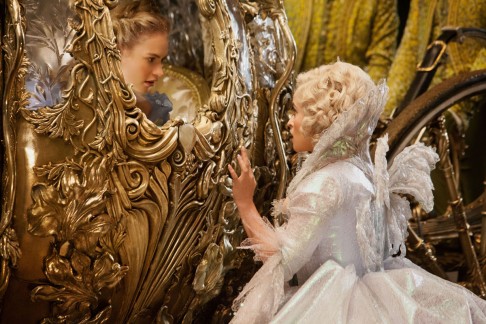
Director Kenneth Branagh says Disney's Cinderella is about a loss of innocence
British director Kenneth Branagh's Cinderella updates the fairy tale for a modern audience
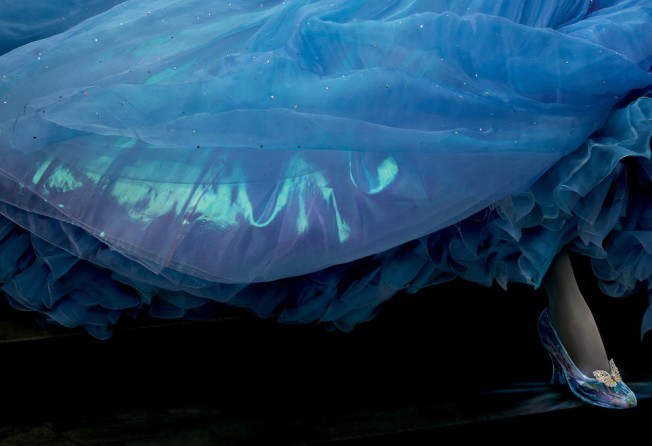
The smartest thing that the folks at Walt Disney Pictures did when staging its new live-action movie of Cinderella was to hire Kenneth Branagh. When it comes to his stints behind the camera, notably his adaptations of Shakespeare's Henry V and Hamlet, the British actor-director has shown no fear when it comes to touching the untouchable. "I do genuinely choose to be inspired by things that have been done well in the past," he says. "Coming from the theatre, I feel that when something's a classic, it invites rediscovery, and re-examination."
Hollywood being what it is, nothing is ever sacred - not even the timeless animated Cinderella made by Walt Disney in 1950. But unlike last year's live-action Maleficent, which put a new spin on the Sleeping Beauty story through the eyes of the titular antagonist, Branagh's film is more straightforward, or "very classical", as leading lady Lily James puts it. It doffs its cap to both the Disney cartoon and Charles Perrault's equally evergreen fairy tale Cendrillon that served as inspiration for the Cinderella story.
The film presses all the right buttons. The young Ella sees her widower father (Ben Chaplin) remarry the haughty Lady Tremaine (Cate Blanchett), who arrives with her two daughters (Holliday Grainger, Sophie McShera).

When he unexpectedly dies, Ella becomes little more than a scullery maid, treated with cruel disdain by her new relatives, who nickname her 'Cinderella' after her sooty appearance. You probably know the rest: our heroine meets her fairy godmother (Helena Bonham Carter), who spirits her in disguise to the royal ball where she enchants the kingdom's handsome Prince Charming (Richard Madden).
Yet as Branagh notes, that "happy ever after" ending has to be earned. "The story is about the loss of innocence, and whether that has to be replaced by a toughness that stops you being open to generosity and kindness. In Cinderella's case, loss occurs, and then cruelty occurs, and then ignorance occurs and then deprivation occurs. How does she manage that? The way to negotiate it was to make sure the innocence and the sincerity is not translated as naiveté and stupidity."
Despite being a Disney production, the film studiously avoids being "Disney-fied". It is one of those rare occasions in the studio's history where the animals are not anthropomorphised - so don't expect any talking mice, cats, geese or horses. "It's quite raw and truthful," says James, "it's more like the original fairy tale." Indeed, Branagh's film takes the unusual step in the first 15 minutes of showing Ella with both her parents (Chaplin and Hayley Atwell) in an idyllic state, only for her mother to get sick and pass away.
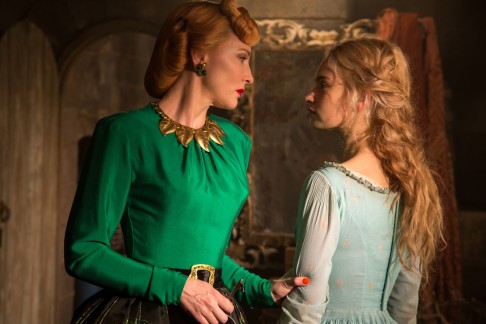
This was huge risk, as Branagh found out during the test screening, when young audience members reacted emotionally to both parents dying so early on. "The responsibility of introducing loss on that profound level to children made me understand why fairy tales perhaps should not be dismissed," he says. "They become ways in which we manage these very difficult life issues when talking to our children."
Then there's the question of Cinderella's tormenters, which is subtly changed here. The stepsisters may still be ghastly, but they're not pantomime-ugly. The same goes for their mother, Lady Tremaine. Blanchett finds the humanity in the character, for example, by looking hurt when she overhears her new husband telling his daughter how her late mother is irreplaceable.
While the actress admits there's "a bit of moustache-twirling", she was keen to explore the psychology of the villainess. "It's more interesting to try and find out why they're cruel, why they're wicked, why they're ugly."
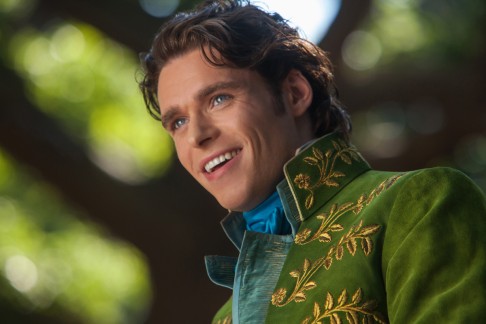
Blanchett was attached to the project before Branagh came aboard, and was brought on by original director Mark Romanek ( One Hour Photo), who quit, citing creative differences. But it was the actress' discussions with Branagh that really cemented her take on the character. "We talked a lot about the wonderful roles that Bette Davis, Joan Crawford and Barbara Stanwyck played," she says. "Every waking moment the legacy of their work is constantly inspiring to me. I think it's the deliciousness, the relish that they had, the wonderful attack they had on the characters they play on screen."
Casting Cinderella was arduous. Best known for starring in British TV show Downton Abbey, the 25-year-old James endured a series of trying auditions to win the role. By the time it got to her screen test, she even dyed her hair and wore a ballgown, performing in front of Branagh and producers, the casting director and Disney executives.
When it comes to choosing the right actress, "it's a massive, massive decision for Disney to make," acknowledges Branagh. "If she doesn't work, it doesn't work." When James finally won the role, she set about immersing herself in the character. "My bedroom wall was covered in pictures and paintings, and quotes and lines and different things that made me think of Ella. So I woke up in the morning and saw her," she says.
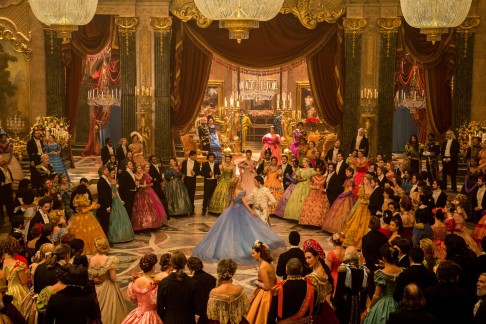

Branagh, who praises James' openness, intelligence and sense of fun, gave her images, music and movies to look at for inspiration. One was 2007's Enchanted, starring Amy Adams as a princess who winds up in modern-day Manhattan. "Ken told me to watch that film because he wanted to keep that sparkiness - not too soppy and conventional", she says.
With the script written by Chris Weitz (who began his career with the lewd comedy American Pie), you certainly couldn't accuse Branagh's Cinderella of being "soppy or conventional". Weitz's take lends the film a surreal flavour, such as the moment when Cinderella is turned into a princess fit for the ball. The magic turns a pumpkin into a carriage, mice into horses and lizards into footmen, but the spell doesn't entirely take hold - one horse still has rodent ears.
It all comes to a head when Cinderella flees the ball at midnight, leaving behind a single glass slipper for the prince. As the spell begins to wear off, Weitz's script imagines what it might be like to be inside a carriage as it turns back into a pumpkin in one of the strangest computer-generated sequences seen in a Disney movie.
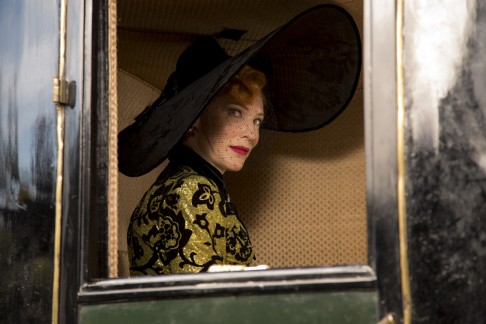
Largely, though, this generation's Cinderella is one for the traditionalists, not the revisionists. With triple Oscar-winners Sandy Powell and Dante Ferretti providing, respectively, the costumes and production design, it's ravishing to look at. Cinderella's stunning ballgown comprises of more than a dozen layers of gossamer-fine silk in different shades of pale blue, turquoise and lavender.
When it came to shooting the lavish ball scene, James admits she felt the magic, wearing that dress, those slippers and dancing with her Prince Charming. "It was one of those moments where time stands still for a second," she says.
It's enough to make even the most cynical believe in fairy tales.
Cinderella opens on March 12